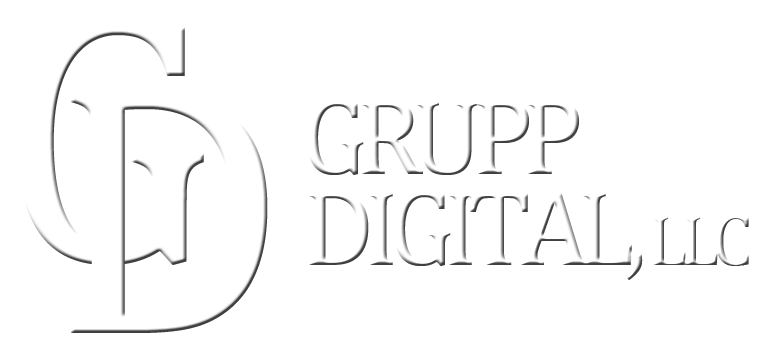What is the OWASP Top 10?
The OWASP Top 10 is a list of the most critical web application security risks that organizations face. The OWASP (Open Web Application Security Project) is a non-profit organization that is dedicated to improving the security of web applications and services. The OWASP Top 10 is updated every three years to reflect the current state of web application security risks. In this blog post, we will discuss the OWASP Top 10 and why it is important for organizations to be aware of these risks.
The OWASP Top 10 is a list of the most critical web application security risks that organizations face. The list is based on data from a variety of sources, including the OWASP community, security experts, and organizations around the world. The OWASP Top 10 is intended to be a practical guide for organizations to help them understand the most critical risks they face and take steps to mitigate them.
The current version of the OWASP Top 10, released in 2017, includes the following risks:
Injection: Injection attacks occur when an attacker is able to insert malicious code into a web application, which can then be executed by the application.
Broken Authentication and Session Management: This type of vulnerability occurs when an attacker is able to gain access to an authenticated user's session, allowing them to take over the user's account.
Cross-Site Scripting (XSS): XSS attacks occur when an attacker is able to inject malicious code into a web page, which can then be executed by the browser of anyone who views the page.
Broken Access Control: Broken access control occurs when an attacker is able to bypass security controls and gain access to sensitive data or functionality.
Security Misconfiguration: Security misconfiguration occurs when a web application is not properly configured, leaving it vulnerable to attack.
Sensitive Data Exposure: Sensitive data exposure occurs when sensitive data, such as credit card numbers or personal information, is not properly protected and can be accessed by an attacker.
Unvalidated Input: Unvalidated input occurs when an attacker is able to input malicious data into a web application, which can then be executed by the application.
Using Components with Known Vulnerabilities: This type of vulnerability occurs when an application uses a component that is known to have a vulnerability.
Insufficient Cryptography: Insufficient cryptography occurs when an application does not properly protect sensitive data through the use of encryption.
Failure to Restrict URL Access: Failure to restrict URL access occurs when an attacker is able to access sensitive data or functionality by guessing or manipulating URLs.
It is important for organizations to be aware of these risks and take steps to mitigate them. This includes regularly reviewing and updating their web application security policies and procedures, conducting regular security assessments and penetration testing, and ensuring that all web applications and services are properly configured and secured. Additionally, organizations should make sure that their employees are aware of these risks and trained on how to identify and prevent them.
In addition to the OWASP Top 10, organizations can also use other security frameworks such as NIST Cybersecurity Framework, ISO 27001, and PCI DSS as a guide for their own security controls.
It is important to note that the OWASP Top 10 is not a comprehensive list of all web application security risks, but rather a representation of the most critical risks. Organizations should also be aware of other risks that may not be included in the list, and take steps to mitigate them as well.
In conclusion, the OWASP Top 10 is a valuable resource for organizations looking to improve their web application security. By understanding and addressing these risks, organizations can better protect their sensitive data and systems from potential threats. It is important for organizations to stay informed and updated with the latest version of the OWASP Top 10 and use it as a guide for their own security controls.

